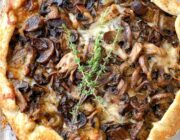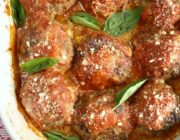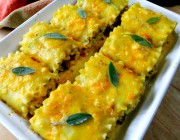
A galette is a rustic, freeform pie/tart which can be savory or sweet. They’re super simple to make and the finished results are very impressive!
This savory tart is filled with roasted cremini and oyster mushrooms with a bulb of roasted garlic smashed into it with hints of fresh thyme. There’s also a three cheese mix of asiago, parmesan and mozzarella melted into it.
Keep in mind you’re free to use any mix of mushrooms you like as well as any mix of cheese you prefer, that is the fun thing about making galettes, do your own thing, make your own combo, this is just a guideline for what I used, which happened to be very successful and delicious!
You can make your own pie crust or even buy a good quality one to make life easier. I’ll let you in on a little secret… I used a Trader Joe pie crust for this, but every time I use it I make sure to ball up the dough first then I roll it out to the size I want, I never just take it out of the package and use it as is.
If you prefer to make a homemade crust, here’s one that I make that would go very well with this mushroom galette.
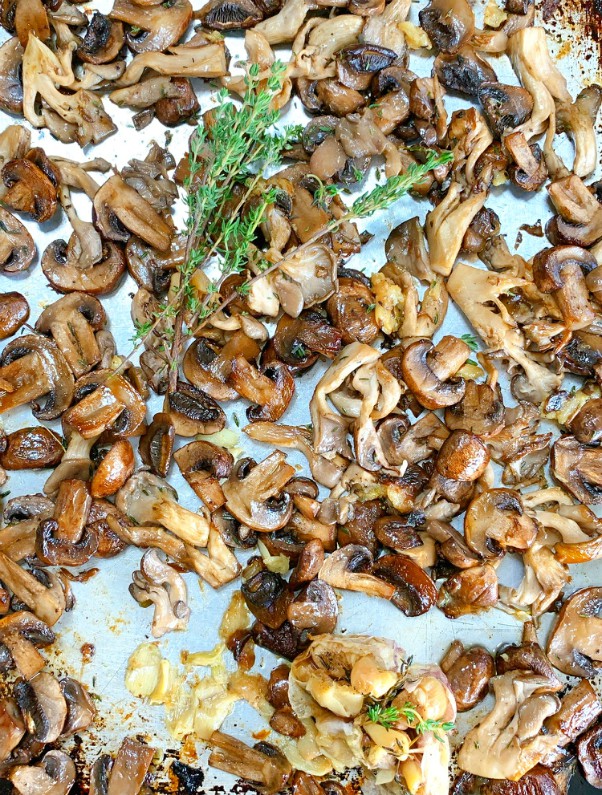
Roasted mushrooms always produce great flavor and even more so when you squeeze and smash roasted garlic into the mix.

The garlic you can roast ahead of time, keeping it in the fridge and using it for multiple dishes as well as this one, it’s a nice treat to have tucked away.

Another reason I’m such a fan of galettes is that you always get a nice, crispy crust all the way around and on the bottom with each and every slice.

The flavor combination of this rustic, stress free dinner is out of this world good, so good we couldn’t wait to have the leftovers the next day!
I hope you make this heavenly mushroom galette, it’s the perfect fall meal!
- 1 pastry pie crust, either homemade or good quality store bought
- 1- ½ lbs. of cremini mushrooms, sliced and roasted
- ½ lb. oyster mushrooms, sliced and roasted (Can use all of one kind or a mix of others)
- 1 whole bulb of roasted garlic
- 1 cup shredded mozzarella
- ½ cup shredded asiago
- 2 heaping tbl. grated parmesan, plus a little extra for garnishing
- thyme sprigs
- olive oil
- 1 egg for egg wash
- Pre-roast your garlic ahead of time by cutting off the top portion of a whole bulb, placing it in tin foil and dowsing it with olive oil, some salt and pepper and a couple of thyme sprigs. Wrap it up and place into a 350F. oven around 30- 40 minutes or til golden and soft.
- Pre-roast mushrooms in 400F. oven sprinkled with thyme leaves and drizzled with olive oil, roast until all the moisture is out and they start to caramelize.
- When mushrooms are done and while the pan is still hot, squeeze and smash in the whole bulb of roasted garlic, tossing gently til incorporated, taste if salt and pepper is needed.
- On a piece of parchment that will fit a baking sheet, roll out your pastry to around 12 inches, then place the whole thing onto a rimmed baking sheet.
- Sprinkle the cheese mixture on the bottom of the pastry leaving an inch and a half border all around, reserve 2 tablespoons of the cheese mixture to dot on top of galette.
- Spread the mushrooms all around the top of the cheese mixture, covering it completely.
- Fold up the edges of the dough all around the filling.
- Put reserved tablespoons of cheese on top of mushrooms dotting it in sections. ( it just makes it look pretty when finished).
- Whisk egg then brush the folded up edge with it, you'll have leftover egg for sure.
- Sprinkle some thyme on the crust edge along with grated parmesan and black pepper.
- Top galette with 2 or 3 sprigs of thyme and pop it into a 400F. oven for around 30 to 40 minutes or until deep golden on bottom and crust, all ovens do vary.
- Serve warm or at room temp.
- Enjoy!


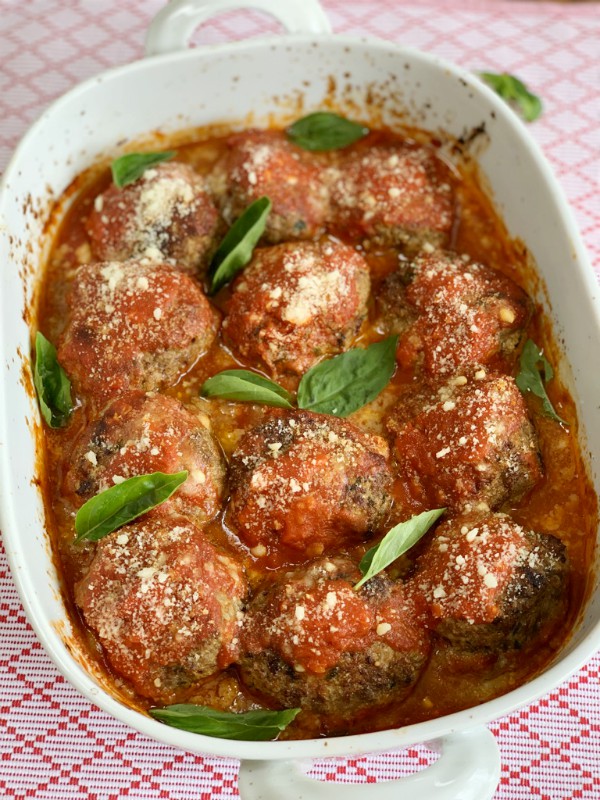
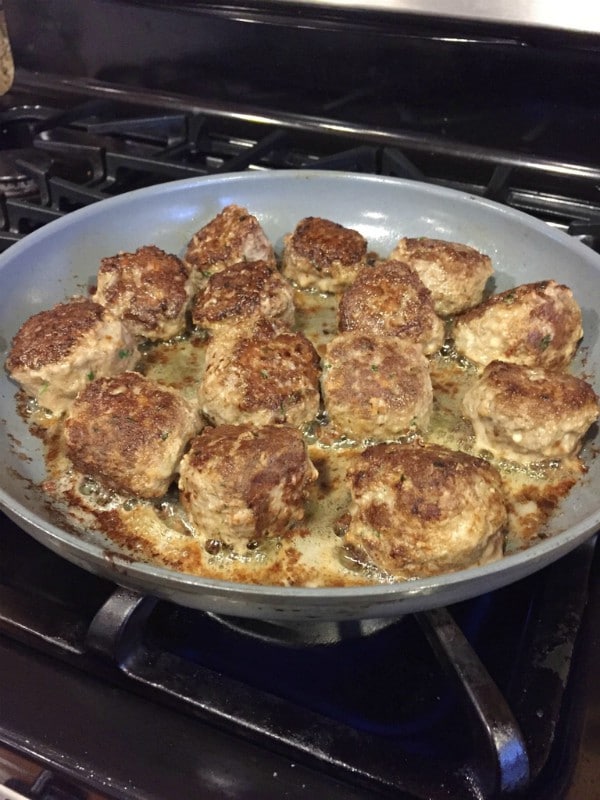


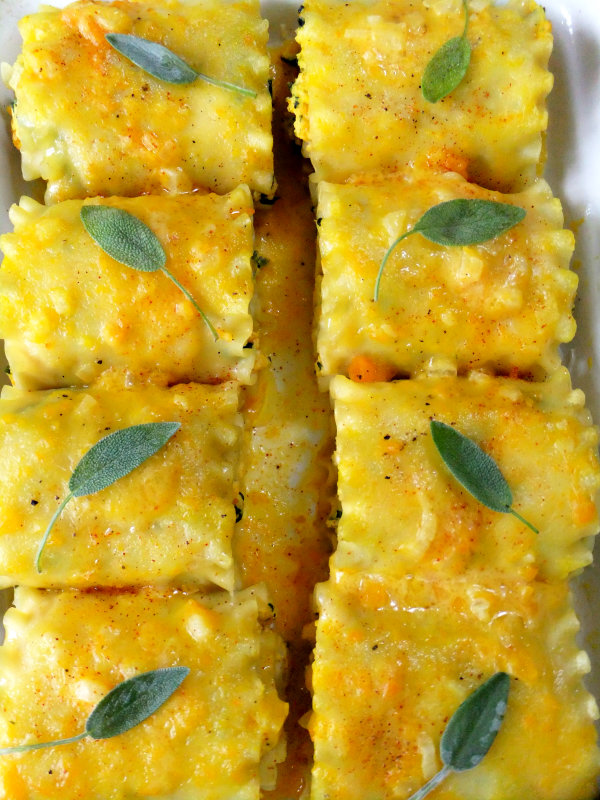
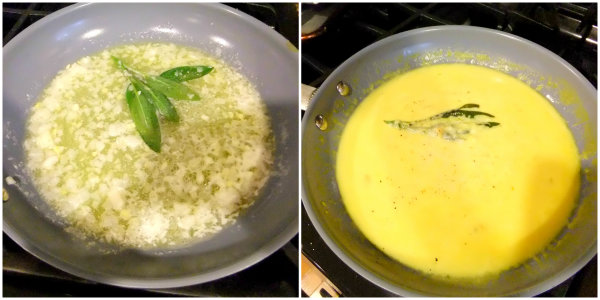
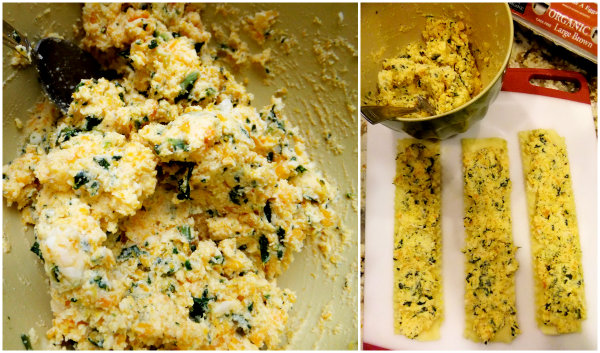
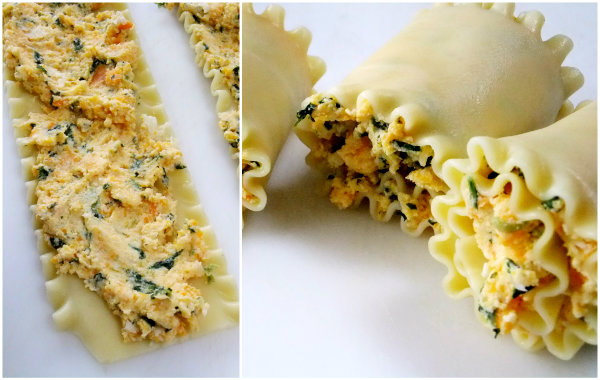
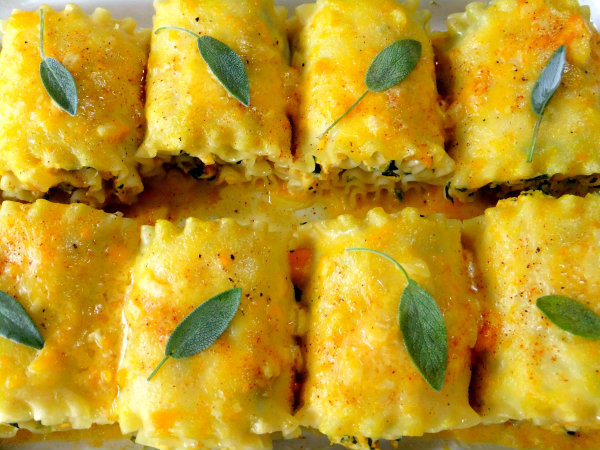

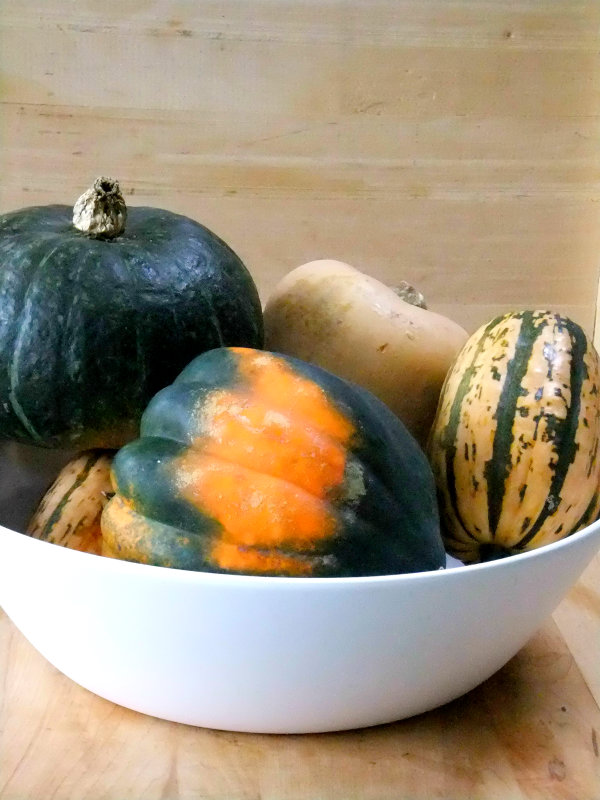
 I’m Marie, a wife, mother, mother-in-law, and gramma of two beautiful girls. My passion is food, clear and simple but especially Italian food, hence the name of my blog, Proud Italian Cook. I want you to feel right at home here so grab a cup of coffee, I’ll get the pastries, take a look around and enjoy your visit! {
I’m Marie, a wife, mother, mother-in-law, and gramma of two beautiful girls. My passion is food, clear and simple but especially Italian food, hence the name of my blog, Proud Italian Cook. I want you to feel right at home here so grab a cup of coffee, I’ll get the pastries, take a look around and enjoy your visit! {





